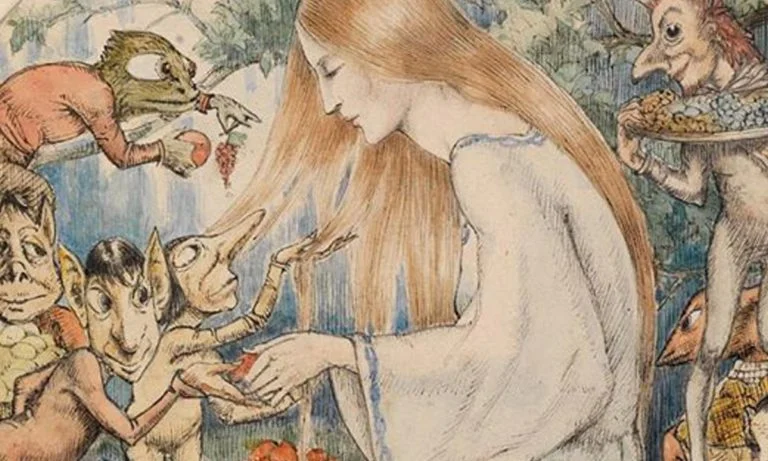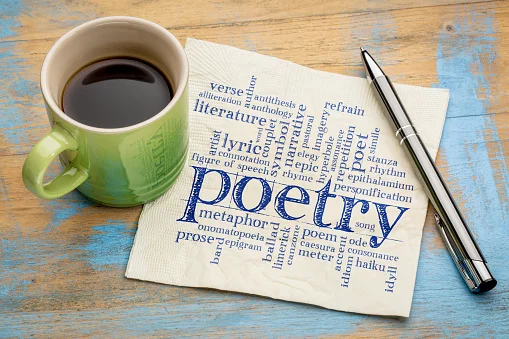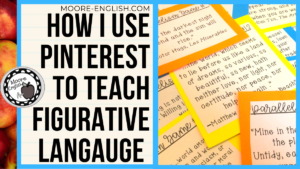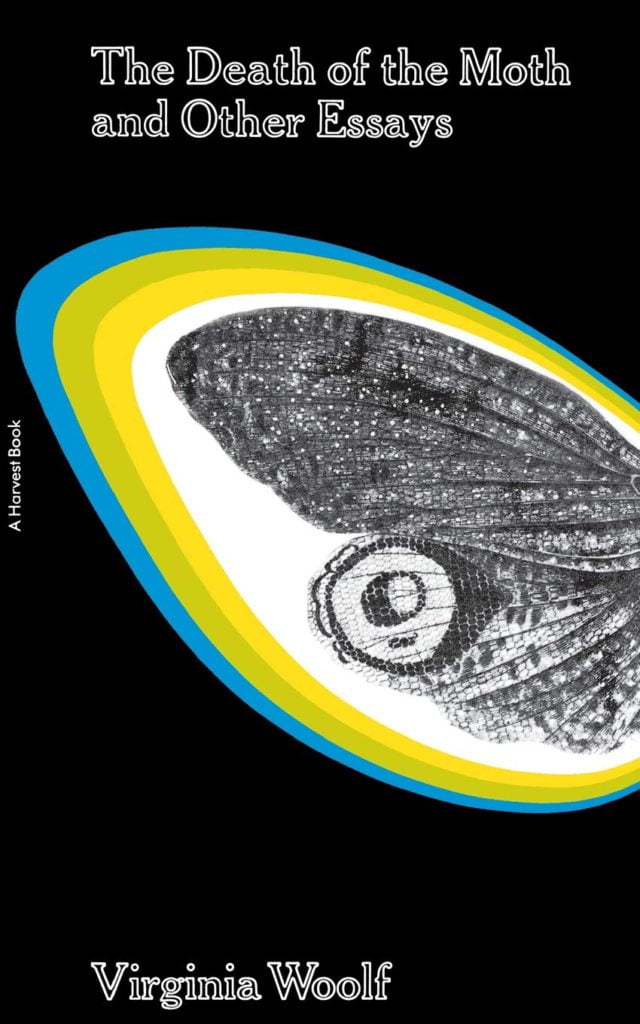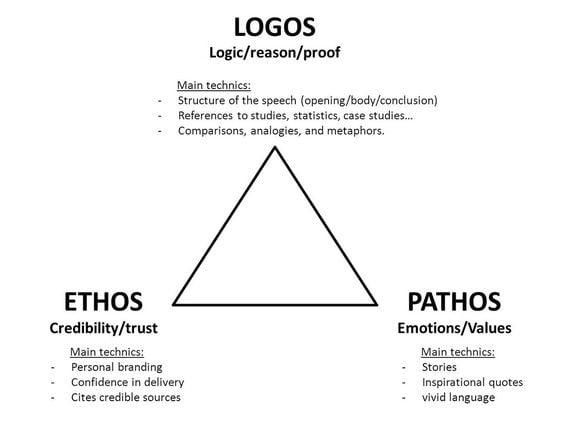Poetry Definition
There can be a gazillion ways in which you can define it, as different people perceive poetry quite differently. Therefore, there is no universal definition of poetry.
Poetry is the first and last of all knowledge —- it is as immortal as the heart of man.-William Wordsworth
Probably the oldest and most beautiful form of literature, poetry is the most popular form of written expression along with prose. It is the use of words & language arranged for it to sound meaningful and rhythm to evoke a writer’s feelings and thoughts.

Different types of poetry
Ten Types Of Poems You Must Know About
It’s time to break the momentum of regular poetry and expand your horizons! Writing a good poem can be extremely challenging. Yet, besides the odds, it is an incredibly exciting and liberating experience. There are many different types of poems or poetry but here is a list of 10 most popular types of poems which are loved by poetry enthusiasts.
Sonnet

The sonnet is one of the most famous forms of Classical English poetry. The word sonnet comes from the Italian word sonnetto meaning ‘little sound or song’.
Traditionally, this poem type has fourteen lines of iambic pentameter linked by a prescribed rhyme scheme. A sonnet also adheres to a tightly structured thematic organization. An important term ‘Volta’ is used when we talk about sonnets. Volta is a couplet, the final statement of the sonnet that could either sum up the matter or make a turn in the argument.
The Italian or Petrarchan sonnet is one of the two principal sonnet forms, as well as one of the most widely used. The other major form is the English or Shakespearean Sonnet, which is also called Elizabethan Sonnet.
Petrarchan Sonnets
Named after Francesco Petrarcha, the Petrarchan sonnet has 2 parts — an octave ( or first 8 lines with a rhyme scheme of ABBA–ABBA-CDE-CDE) and a sestet ( or last 6 lines with a rhyme scheme CDE-CDE or CDC-CDC or CDE-DCE). There is a Caesura or pause at the end of the octave.
“When I Consider How My Light is Spent” by the famous poet John Milton, is an example of the Petrarchan Sonnet. Check out this wonderful reading of Milton’s sonnet, here! ‘Ozymandias’ by Percy Bysshe Shelley is another famous piece of the sonnet.
Shakespearean Sonnets
The Shakespearean Sonnets are divided into 3 quatrains (a quatrain is a set of four lines) and a couplet (pair of 2 lines). This type of sonnet follows the following rhyme scheme ABAB–CDCD–EFEF–GG.
Contrary to popular belief, these sonnets were not invented by William Shakespeare. They existed even before Shakespeare started using this style. However, it became prevalent after Shakespeare wrote his 154 sonnets, and this writing style gained popularity.
Spenserian Sonnets
Mirroring the writing style of Shakespearean Sonnet we have another form that is called the Spenserian Sonnet. It is named after Sir Edmund Spenser. It also has a structure of 3 quatrains and a couplet, yet the rhyme scheme differs. The Spenserian Sonnet follows the rhyme scheme ABAB BCBC CDCD EE . And unlike the Shakespearean Sonnet, the quatrains in Spenserian Sonnets are interlinked with each other.
One example of this type of sonnet is ‘Sonnet LXV’ by Sir Edmund Spenser.
Haiku
The poem typeHaiku first emerged in Japanese literature during the 17th century. It is a significant element of English poetry, especially its influence on the Imagist movement of the early twentieth century.
The term haiku comes from the first element of the word ‘haikai’ and the second element of the word ‘hokku’. A haiku in the English language is often written in three short lines of 5, 7, and 5 syllables.
Often focusing on images from nature, Haiku poem type resonates simplicity and intensity of expression. A Haiku possesses the ability to paint a vivid picture in just a few words which contribute to its immense popularity, especially among modern-day poets.
‘A World of Dew’ by Kobayashi Issa, and ‘Lighting One Candle’ by Yosa Buson are some examples of Haiku poetry. Another good example of this is “The Old Pond” by Matsuo Bashō, one of the four masters of the Haiku.
‘Cinquain’ is another type of poetry, comprising of 5 lines, that is inspired by Haiku poetry.
An old silent pond A frog jumps into the pond— Splash! Silence again. MATSUO BASHŌ
Epic
Epic poem type comes from the ancient Greek term epos, meaning story, word, poem, presented either as oral or written stories. It is a long, typically novel-length, poetic work. As a genre, it celebrates heroic deeds and historically important events, along with depicting the ancient culture and its other aspects.
Epic depicts some of the earliest civilizations in human history, in Europe and Asia. Therefore, these are some of the earliest works of literature as well. Court singers and bards performed and passed down the story, preserving it until it finally appeared in written form.
The Iliad and The Odyssey by Homer are probably some of the most renowned epic poems. They follow, what is known as, ‘Homeric Style’ of writing. It uses a dactylic hexameter and lacks a rhyme scheme. And we often come across epithets.

Other examples include the famous poem ‘Beowulf’, Virgil’s ‘Aeneid’, and ‘Paradise Lost’ by John Milton.
However, epic poetry is not limited to European culture. Another example is The Mahabharata, an ancient Indian epic composed in Sanskrit. At over 200,000 lines, it is considered the longest poem ever written, and also contains prose mixed with poetry.
Epic poetries are divided into sections called Cantos. For example, ‘Divine Comedy’ by Dante comprises 100 Cantos.
Another feature we often come across in Epic poetry is the invocation to the Muse. This means that the poet calls or addresses a holy deity to help them compose their poetry.
Villanelle
The word villanelle comes originally from the Italian word Villano, meaning “peasant”. It is a French verse form and uses repeated lines and a strict rhyming pattern throughout its 19 lines, which are grouped into six separate stanzas.
In a villanelle, the rhyme scheme is ABA ABA ABA ABA ABA ABAA. These have a lyrical quality to them, creating a song-like poem with their structured lines. The poetic form has been tried out by some of the major poets of the twentieth century, with memorable results.
Regardless of its origin, the form did not catch on in France, but it has become increasingly popular among poets who compose in English.

An excellent example of this form is Dylan Thomas’s “Do not go gentle into that good night.”
Take look at the first three stanzas of ‘Do Not Go Gentle Into That Good Night’ to understand the rhyme scheme and metrical pattern
Do not go gentle into that good night,
Old age should burn and rave at close of day;
Rage, rage against the dying of the light.
Though wise men at their end know dark is right,
Because their words had forked no lightning they
Do not go gentle into that good night.
Good men, the last wave by, crying how bright
Their frail deeds might have danced in a green bay,
Rage, rage against the dying of the light
Limerick
The origin of the limerick poetry type is unknown, but it has been suggested that the name derives from the chorus of an 18th-century Irish soldiers’ song, “Will You Come Up to Limerick?”. However, limericks acquired widespread popularity in the early years of the 20th century.
A limerick is a five-line poem that consists of a single stanza, an AABBA rhyme scheme, and whose theme is a short, pithy tale or description. Most limericks are comedic. The beauty of the limerick types of poems is that anyone can write them. Additionally, they’re on the edge by nature and tend to leave listeners shaking their heads or blushing.
A man hired by John Smith and Co.
Loudly declared that he’d tho.
Men that he saw
Dumping dirt near his door
The drivers, therefore, didn’t do.
Edward Lear wrote many iconic limericks. Among the most famous of these is the opening poem from A Book of Nonsense.

Free Verse Poetry
Another name for free verse poetry is ‘open form poetry’ or you can call it by its French name ‘vers libre’. Free Verse poetry type became prominent in the nineteenth century, although it had originated way before that.
Irregular metrical forms and line lengths are the key characteristics of this type of poetry. It lacks a rhyme scheme or else uses it only sporadically. And usually follows the rhythm of natural speech.
In the contemporary world, free verse poetry is quite prevalent.
Take a look at a short free verse poem by Helda Doolittle, called ‘The Pool’
Are you alive?
I touch you.
You quiver like a sea-fish.
I cover you with my net.
What are you—banded one?
Other notable works in this category include ‘The Love Song of J. Alfred Prufrock’ by the famous poet T.S. Eliot, and ‘This Is Just To Say’ by William Carlos Williams.
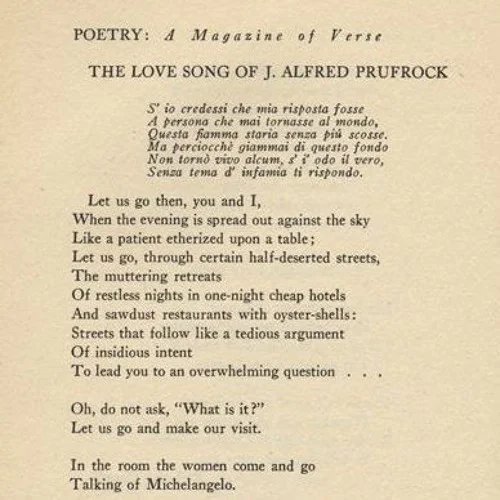
Elegy
An elegy is a form of poetry reflecting grief or sorrow suffered through a tragic event. In the Roman and Greek eras, “elegy” denoted any poetry that was penned in the elegiac meter. Elegiac meter is alternating hexameter and pentameter lines.
But in the seventeenth century, the term elegy began to be limited to its current usage — lamenting the death of a loved one.
One of the most famous elegies is “O Captain! My Captain!” by Walt Whitman. He composed this poem in memory of the U.S. President, Abraham Lincoln.
O Captain! My Captain! our fearful trip is done;
The ship has weather’d every rack, the prize we sought is won;
The port is near, the bells I hear, the people all exulting,
While follow eyes the steady keel, the vessel grim and daring:
But O heart! heart! heart!
O the bleeding drops of red,
Where on the deck my Captain lies,
Fallen cold and dead.
Other prominent examples of this style of poem include “Elegy Written in a Country Churchyard” by Thomas Gray, and “In the memory of W.B.Yeats” by W.H. Auden.

Ode
An ode is a form of lyric poetry that expresses admiration for a person, event, or idea. Lyric poetry is an expression of the state of mind, emotion, thought or an idea, spoken by a single speaker in the first-person voice.
Odes type of poems have an elevated writing style and there is no specified rhyme scheme, but rhyming does exist. The stanzas are structured in an elaborate form and are divided into three major parts – the strophe, the antistrophe, and the epode.
A Greek poet, Pindar established this archetype of ode. His odes were used as songs by the chorus in Greek dramas. Odes following this specific structure are known as Pindaric Odes. Other subcategories include Cowleyan Ode or Irregular Ode, and Horatian Ode.
John Keats is a well-known poet who has written a number of odes — ‘Ode on Melancholy’, ‘Ode on Indolence’, and ‘Ode to Psyche’, ‘Ode on a Grecian Urn’, and ‘To Autumn’. His most notable ode is ‘Ode to a Nightingale’.
My heart aches, and a drowsy numbness pains
My sense, as though of hemlock I had drunk,
Or emptied some dull opiate to the drains
One minute past, and Lethe-wards had sunk:
‘Tis not through envy of thy happy lot,
But being too happy in thine happiness,—
That thou, light-winged Dryad of the trees
In some melodious plot
Of beechen green, and shadows numberless,
Singest of summer in full-throated ease.
‘Ode to the West Wind’ by Percy Bysshe Shelley, ‘Dejection: An Ode‘ by Samuel Taylor Coleridge, and ‘The Bard’ by Thomas Gray are some examples of odes.
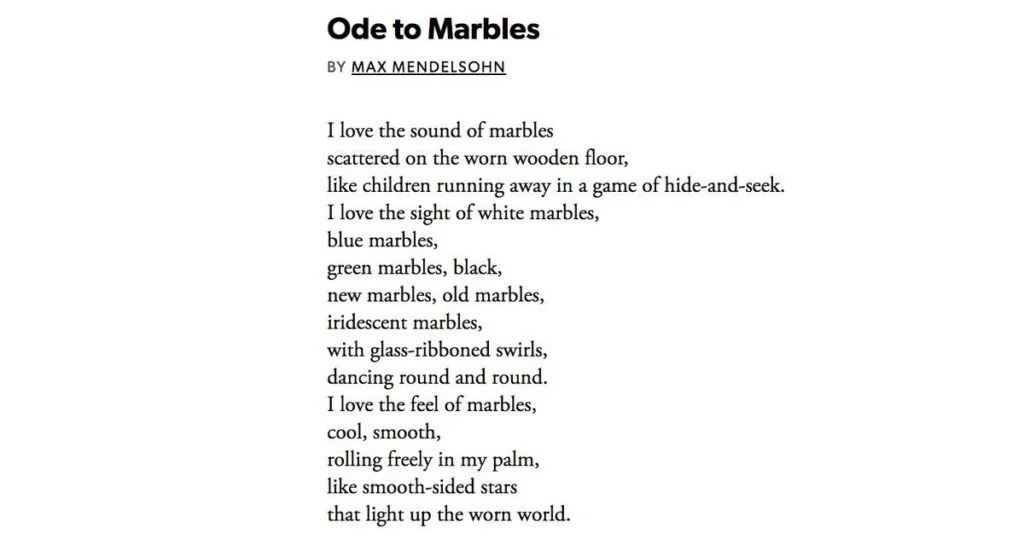
Ballad
Literary Ballad is a form of oral poetry that tells a story. Ballads are the narrative type for folk songs. They are composed by a single author, but since they are transmitted orally from one person to another, alterations are bound to occur.
Since a ballad narrates a story, it has a lot of drama, action, and dialogues as well. The ballads usually start with the climactic event of the story. They do not include the personal emotions, thoughts, and ideas of the poet.

In ballad stanza — the most common type of stanza — comprises a quatrain i.e set of four lines, out of which only the second and the fourth line rhyme. And the quatrain alternates between three-stress and four-stress lines.
The Sun now rose upon the right:
Out of the sea came he,
Still hid in mist, and on the left
Went down into the sea.
These lines are from Part II of ‘The Rime of the Ancient Mariner’ by Samuel Taylor Coleridge. It mirrors a typical ballad stanza.
Other ballad poems are ‘During Wind and Rain’ by Thomas Hardy and ‘Annabel Lee’ by Edgar Allan Poe.
Ghazal
Ghazal is a form of short poetry. It originated in the Arabian subcontinent, dispersed into Persia, and later became predominant in the Indian Subcontinent
It usually has the theme of love and separation. Ghazals are structured into pairs of 2 lines or couplets. These couplets rhyme, and are called Bayts. The rhyme scheme followed by the couplets is AA-BA- CA…and so on. The metrical form of the ghazal is quite intricate. A ghazal must comprise a minimum of five couplets, but not more than fifteen.
In a ghazal, the first couplet is called Matla’a, and the last couplet is known as Maqta’a. The poet’s name is usually introduced in the last couplet.
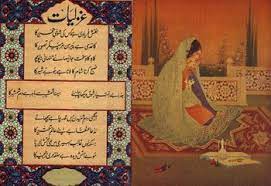
Famous Ghazal poets include Rumi, Mirza Ghalib, Ustad Mehdi Hasan, etc.
The language of ghazals is not limited to the native languages of their origin areas. Take a look at the first four couplets of this ghazal by Agha Shahid Ali called ‘Tonight’ penned down in English
Where are you now? Who lies beneath your spell tonight?
Whom else from rapture’s road will you expel tonight?
Those “Fabrics of Cashmere—” “to make Me beautiful—”
“Trinket”—to gem—“Me to adorn—How tell”—tonight?
I beg for haven: Prisons, let open your gates—
A refugee from Belief seeks a cell tonight.
God’s vintage loneliness has turned to vinegar—
All the archangels—their wings frozen—fell tonight.
Most Common Terms related to Poems
Rhythm – a varying pattern of stress and accents in a line
Rhyme scheme – a pattern of sounds between words or the endings of a word in a line. Alphabets denote the rhyme scheme.
For example, ABAB – denotes that alternating lines rhyme
Meter or Metrical Pattern – a pattern of stressed and unstressed syllables in a line
Why/ is/ my/ verse/ so/ bar’ren / of/ new/ pride/
So/ far/ from/ va’ri’a’tion/ or/ quick/ change
These lines from Sonnet 76 by William Shakespeare depict an Iambic Pentameter. A set of five stressed and unstressed syllables in a line is called a pentameter
I/ wan’dered/ lone’ly/ as/ a/ cloud/
The/ floats/ on/ high/ o’er/ vales/ and/ hills/
The couplet above is taken from the poem ‘Daffodils’ by William Wordsworth. It depicts an iambic tetrameter i.e. set of four stressed and unstressed syllables.
Hexameter is a set of six stressed and unstressed syllables in a line
Stanza – categorizing verse lines in a group, often set off by a space
- Couplet– group of two lines
- Tricet or Triplet – group of three lines
- Quatrains – Group of four lines
- Quintain or Quintet – group of five lines
Share with your friends

